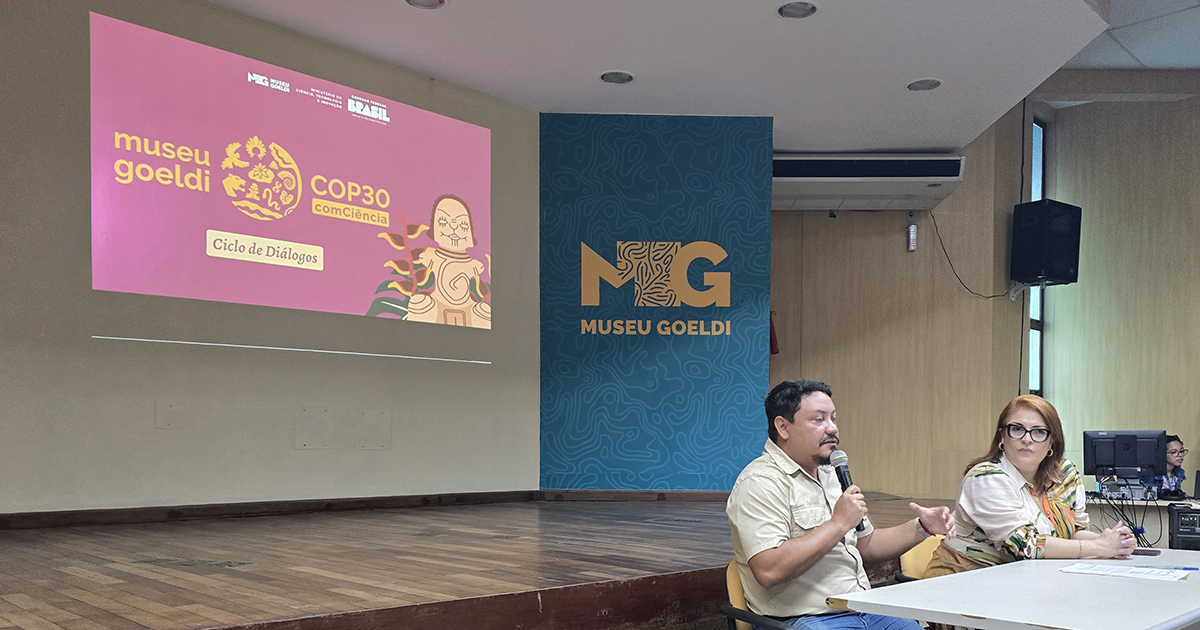Contour hedgerow systems consisting of various combinations of tree and grass species can be used on sloping lands to minimize erosion, restore fertility, and improve crop productivity, but there is need to evaluate the effectiveness of each system for its suitability at any locality as effective erosion control. The objectives of this study were to determine the amount of soil conserved by contour calliandra (Calliandra calothyrsus)–Napier grass (Pennisetum purpureum) hedgerows, and then develop a support practice P-subfactor for conservation planning in central Kenya. As a benefit beyond soil conservation, biomass yield and N and P retention by the hedgerows were determined. Cumulative data for five cropping seasons from 1997 to 1999 indicated that the contour hedges on 20% slope conserved more soil (168 Mg ha1) than on the 40% slope (146 Mg ha1) compared to the control plots. For both slopes, this was equivalent to a 0.7 P-subfactor for use by the Revised Universal Soil Loss Equation (RUSLE) model in predicting soil erosion. The N and P losses between the hedges and control were statistically significant only on the 20% slope (P=0.05). Combined biomass yield from the calliandra–Napier grass hedges were 12 and 9 Mg ha1 per year and 40% slopes, respectively. This soil conservation technology may be used by small-scale farmers that use mixed farming systems in the highlands of central Kenya and similar ecoregions as a step towards sustainable farming.
DOI:
https://doi.org/10.1016/S0167-8809(01)00268-7
Dimensions Citation Count:
00268-7&apiKey=3948bb216041dbffcb29a618defafc29&httpAccept=image%2Fjpeg)
Publication year
2002
Authors
Angima, S.D.; Stott, D.E.; O’Neill, M.K.; Ong, C.K.; Weesies, G.A.
Language
English
Keywords
napier grass, contour bunding, erosion control, calliandra, soil erosion, nitrogen, phosphorus, agroforestry
Geographic
Kenya





















